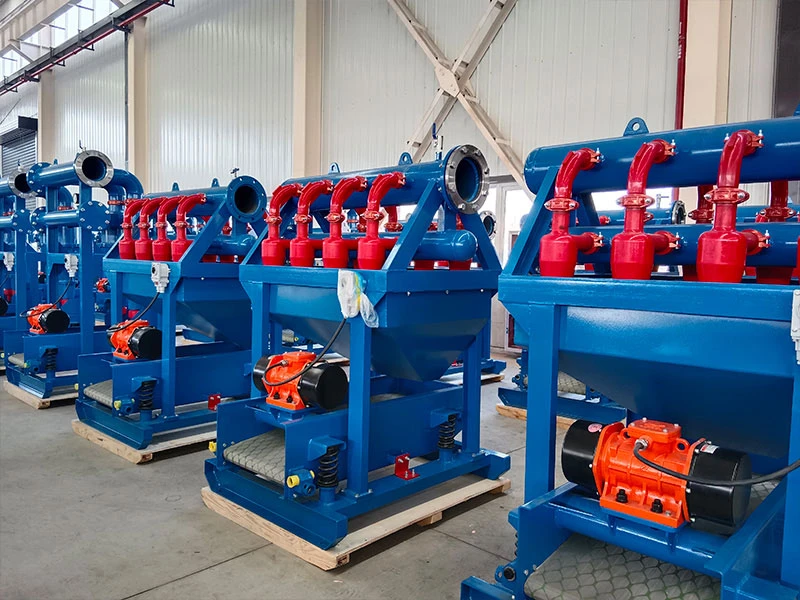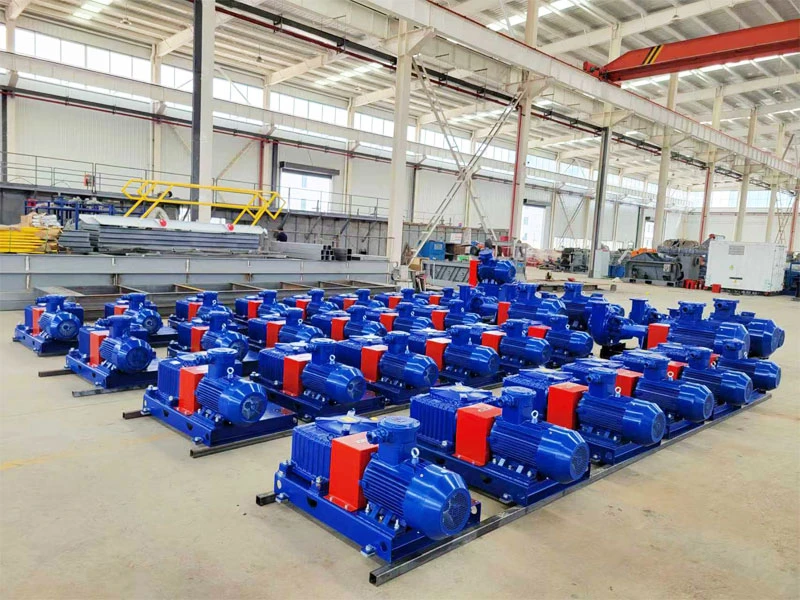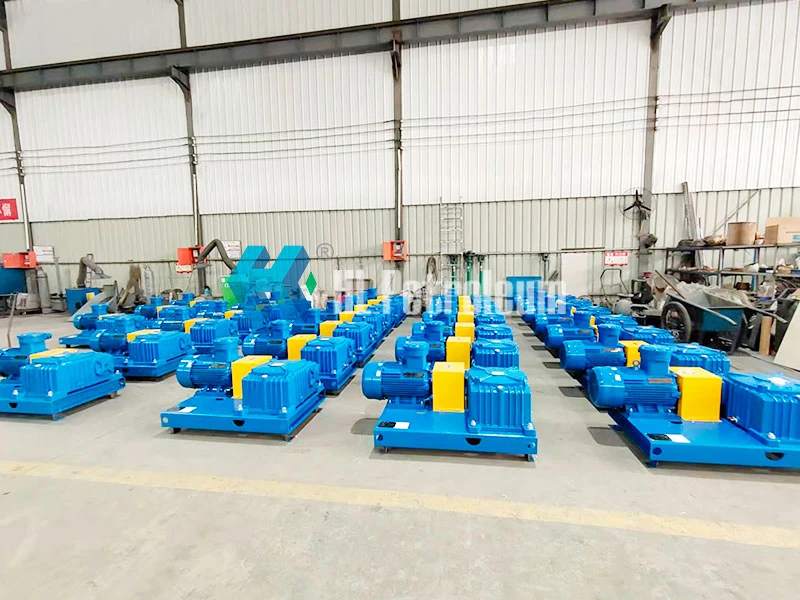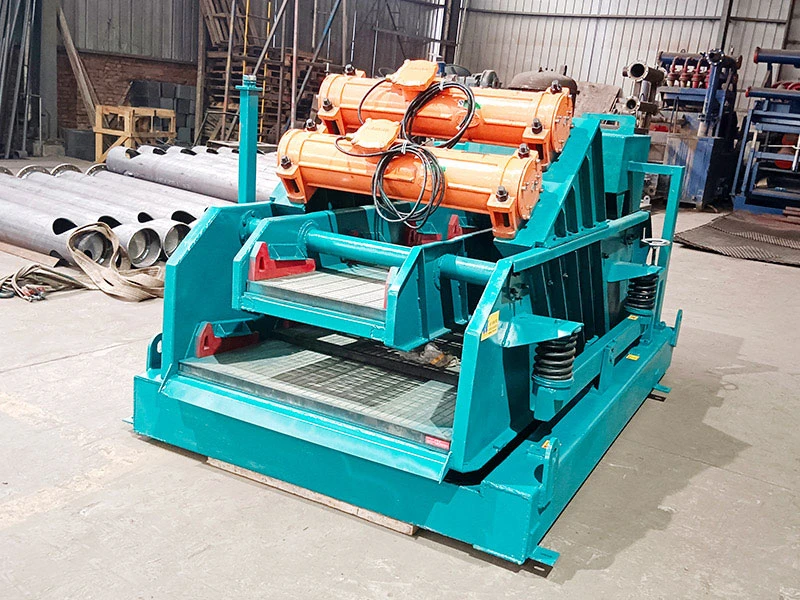Desilters are devices used to remove silt, sediment, and other impurities from water bodies. They remove silt and waste through mechanical, chemical, or biological means, improving water quality and the overall ecological environment by removing them from the water body. The following describes the principles and working mechanisms of desilters, as well as the advantages and disadvantages of different desilter types.

Desilter Principle and Working Mechanism:
The principles and working mechanisms of desilters vary depending on the type. Generally speaking, there are three main types of desilters: mechanical, chemical, and biological.
1. Mechanical Desilter:
Mechanical desilters use physical properties to separate silt and sediment from water. This type of desilter typically consists of two main mechanisms: a rotating screen and a drag chain mechanism. Water is fed into the rotating screen and flows along it. As the water passes through the screen, silt and other large particles are filtered out. The filtered water must be immediately discharged into the river to avoid re-contamination. Therefore, mechanical desilters need to be used in conjunction with other structures such as drainage systems, conveyors, and dams.
2. Chemical Desilters:
Chemical desilters use chemical reactions to remove silt and sediment from water. They add chemicals to alter the chemical composition of the water, causing silt and other waste to settle. The precipitated impurities can then be removed from the water artificially or naturally. While this type of equipment can treat large volumes of wastewater, it also produces significant amounts of sewage and chemical waste.
3. Biological Desilters:
Biological desilters rely on microbial activity to treat waste in water. These desilters use microorganisms as bioreactors, controlling their growth to remove waste contamination. Because the microorganisms in the bioreactors convert nitrogen, phosphorus, and silicon, biological treatment technologies such as denitrification, denitrification, and phosphorus recycling are commonly used.
Advantages and Disadvantages of Different Desilter Types:
Different types of desilters have different advantages and disadvantages. Mechanical desilters have the advantages of high filtration efficiency and can handle large volumes of water. However, they require separate power supplies and must handle the sludge and waste generated by the rotating screen.
Chemical desilters have the advantage of high processing capacity and rapid wastewater removal. However, they require large amounts of chemicals and produce significant amounts of waste, potentially impacting the environment.
Biological desilters have the advantages of being environmentally friendly, efficient, low energy consumption, and requiring minimal chemicals. They are typically equipped with grates, achieving a cleaning rate of 60%-75%. However, they are relatively expensive and require regular maintenance.
Overall, the appropriate desilter should be selected based on water quality, volume, sludge source, and composition to ensure effective water purification and protection.


